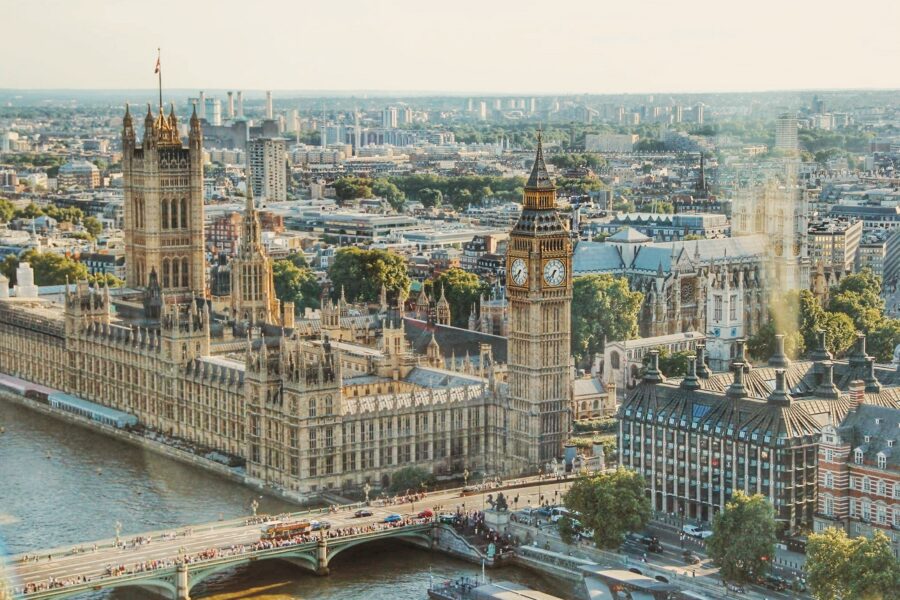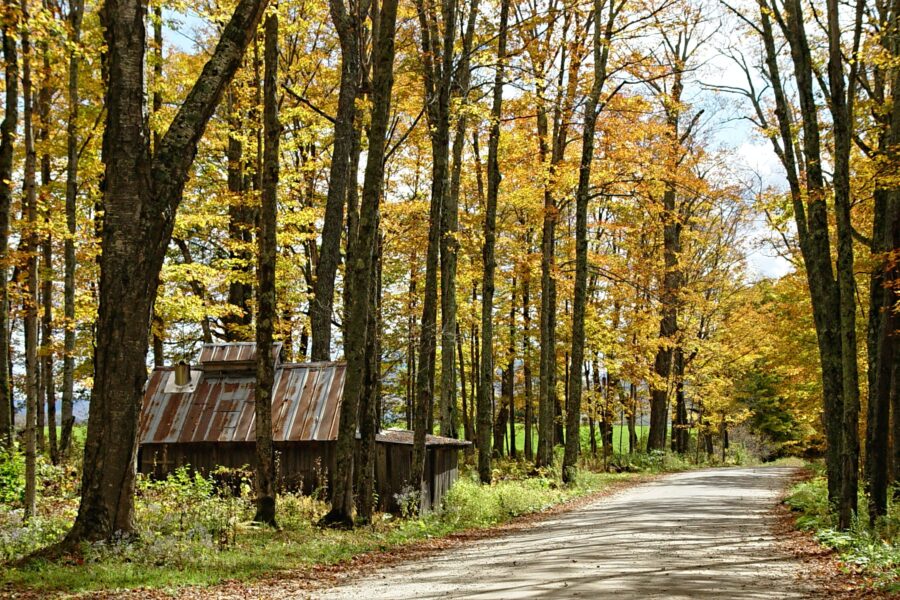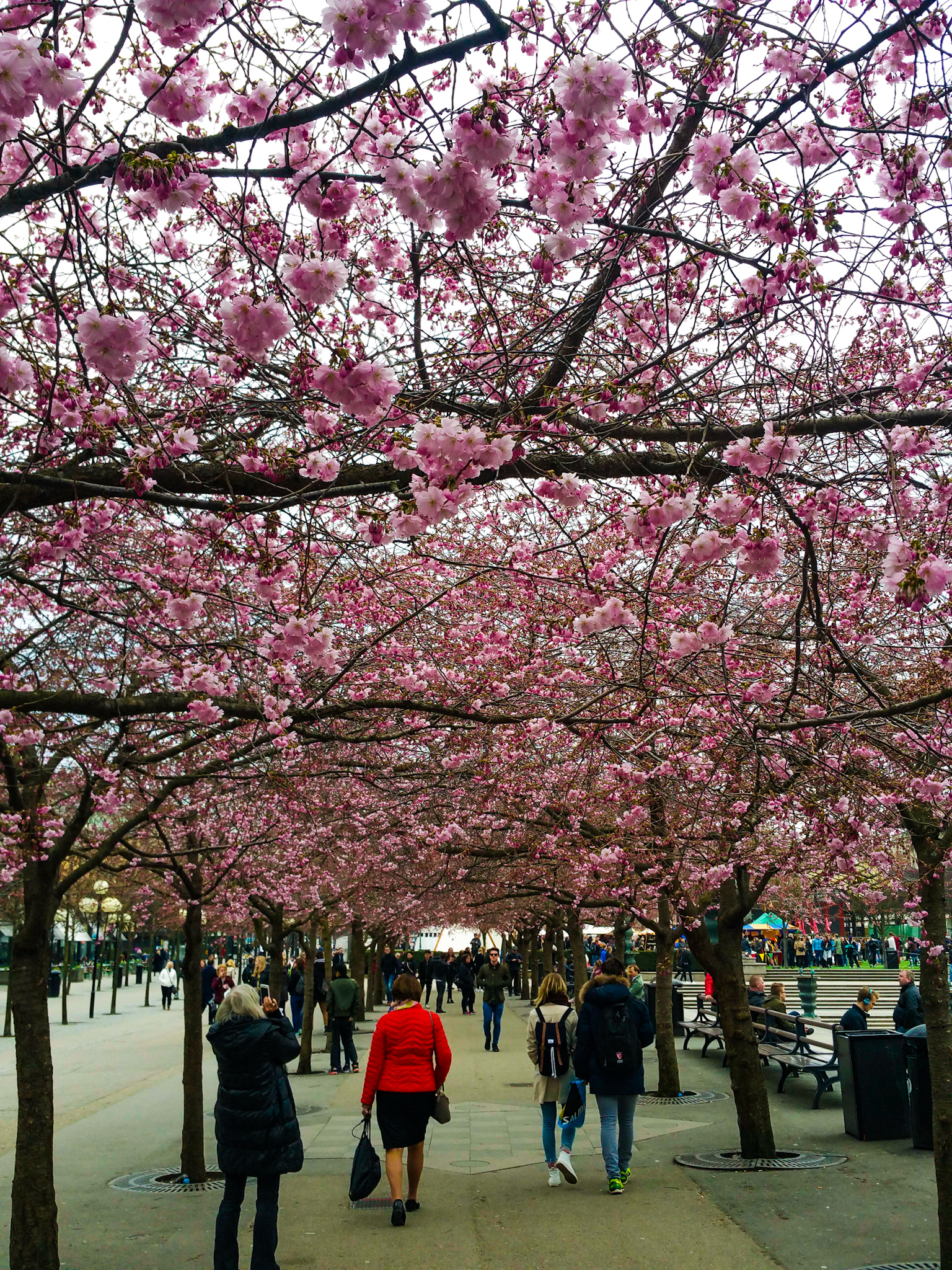I always wondered what this fuss is about Easter eggs. It is not a common scene back In South India may be because the celebration is associated with Christianity. That is when I thought of googling the history of Easter eggs, and when I did, I couldn’t stop myself from sharing it with you guys. So let us get into what is an Easter egg and maybe how to make one if you don’t know!
Easter is a holiday that is associated with many traditions and symbols, one of the most recognizable being Easter eggs. These colorful and decorated eggs have been a part of Easter celebrations for centuries and have become an iconic part of the holiday. But have you ever wondered where the tradition of Easter eggs came from? In this blog post, I will take you to the history of Easter eggs and how they came to be associated with the holiday.
The Origins of Easter Eggs
The origins of Easter eggs can be traced back to ancient civilizations such as the Egyptians, Persians, and Greeks, who believed that eggs symbolized fertility and new life. They often decorated eggs with intricate designs and used them in springtime festivals and celebrations.
The Christian Connection
The Christian connection to Easter eggs can be traced back to medieval Europe. During Lent, Christians were forbidden from eating eggs as a form of fasting. However, chickens continued to lay eggs, and the excess eggs were often boiled and decorated as a way of preserving them until Easter. On Easter Sunday, the eggs were then given to children as a symbol of the resurrection of Jesus Christ and new life.
The Tradition Spreads
The tradition of decorating eggs for Easter continued to spread throughout Europe and eventually made its way to America. In the 19th century, the first chocolate Easter eggs were produced in France and Germany, and they quickly became a popular gift and treat for children during the holiday.
Modern Easter
Eggs Today, Easter eggs come in many shapes and forms, from traditional hard-boiled and dyed eggs to chocolate eggs filled with surprises. The tradition of decorating eggs for Easter has also evolved, with creative designs and techniques such as wax-resist, decoupage, and even digital printing being used to create unique and beautiful eggs.
Conclusion (History Of Easter Egg)
The history of Easter eggs is a fascinating one, with roots in ancient civilizations and evolving over time to become a beloved part of the Easter holiday. Whether you prefer traditional hard-boiled and dyed eggs or the modern chocolate varieties, Easter eggs continue to symbolize new life and the hope and joy of springtime.
Well, now, how can you make an Easter Egg? Check the below instruction
Ingredients:
- 12 oz of chocolate chips or chopped chocolate
- Easter egg molds
- Small paintbrushes
- Food coloring (optional)
- Candy or other small trinkets (optional)
Instructions:
- Melt the chocolate: In a double boiler or microwave, melt the chocolate chips or chopped chocolate until it is smooth and fully melted.
- Prepare the molds: Clean and dry your Easter egg molds, then use a small paintbrush to paint the melted chocolate onto the inside of the molds. Make sure to coat the entire surface of the molds with chocolate, then let them dry for a few minutes in the refrigerator or freezer.
- Fill the molds: Once the first layer of chocolate has hardened, fill the molds with candy or other small trinkets if desired. Then, use the melted chocolate to seal the two halves of the mold together. Make sure to coat the edges of the molds with chocolate to create a secure seal.
- Let the eggs set: Place the eggs in the refrigerator or freezer to let the chocolate set completely. This should take about 30 minutes to an hour, depending on the size of the eggs.
- Decorate the eggs: Once the eggs have hardened, remove them from the molds and use a small paintbrush to paint on any additional designs or colors you want. You can use food coloring mixed with melted white chocolate to create different hues and shades.
- Let the eggs dry: Once you have finished decorating the eggs, let them dry for a few more minutes in the refrigerator or freezer until the designs are set.
- Wrap the eggs: Wrap the eggs in colored foil or decorative paper and store them in a cool, dry place until Easter.
Making your own Easter eggs is a fun and creative way to celebrate the holiday. With this easy recipe and instructions, you can create beautiful and delicious eggs that will delight your family and friends. So why not give it a try this Easter and create some memorable and unique treats for your loved ones? Happy Easter!



